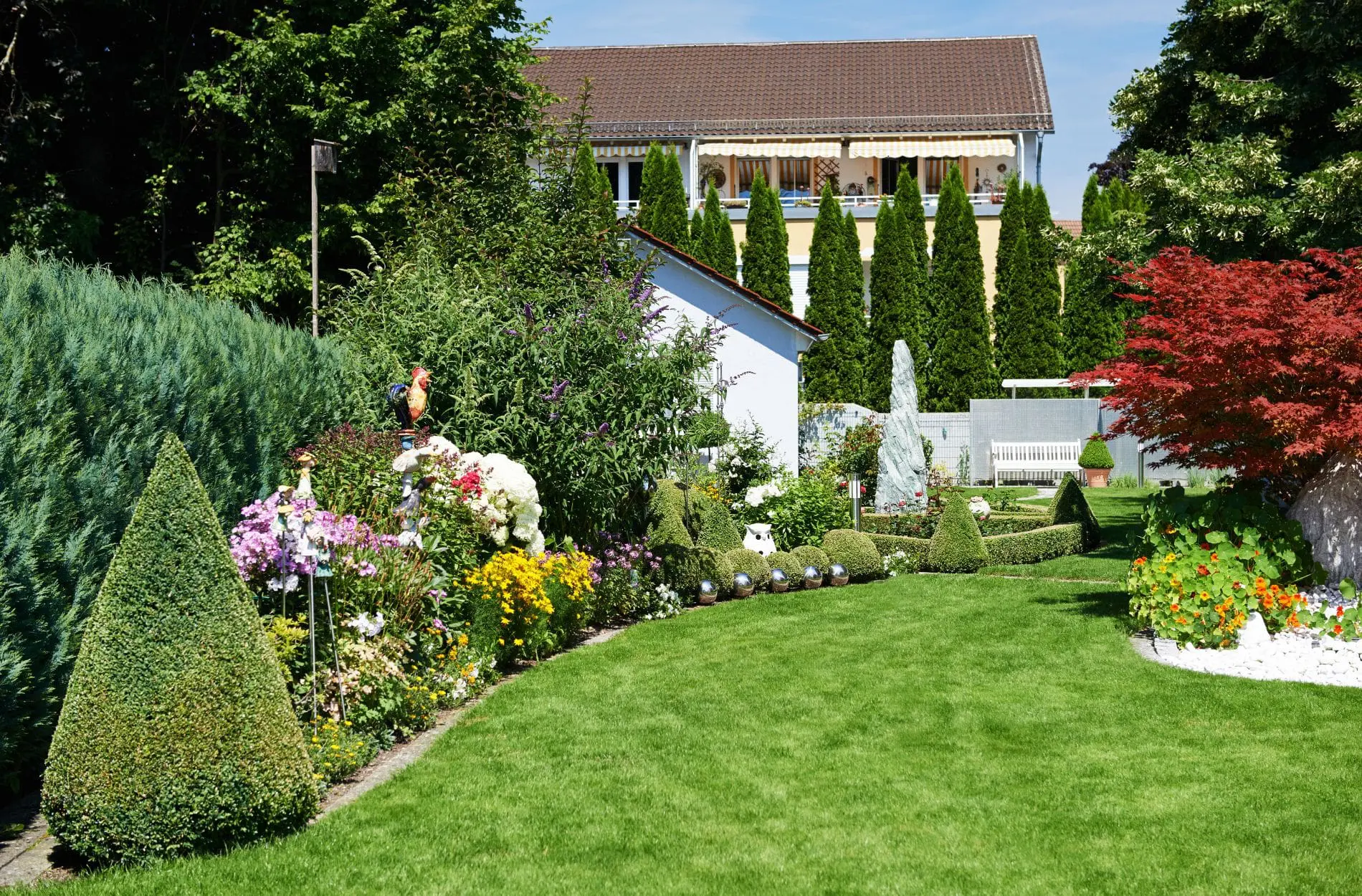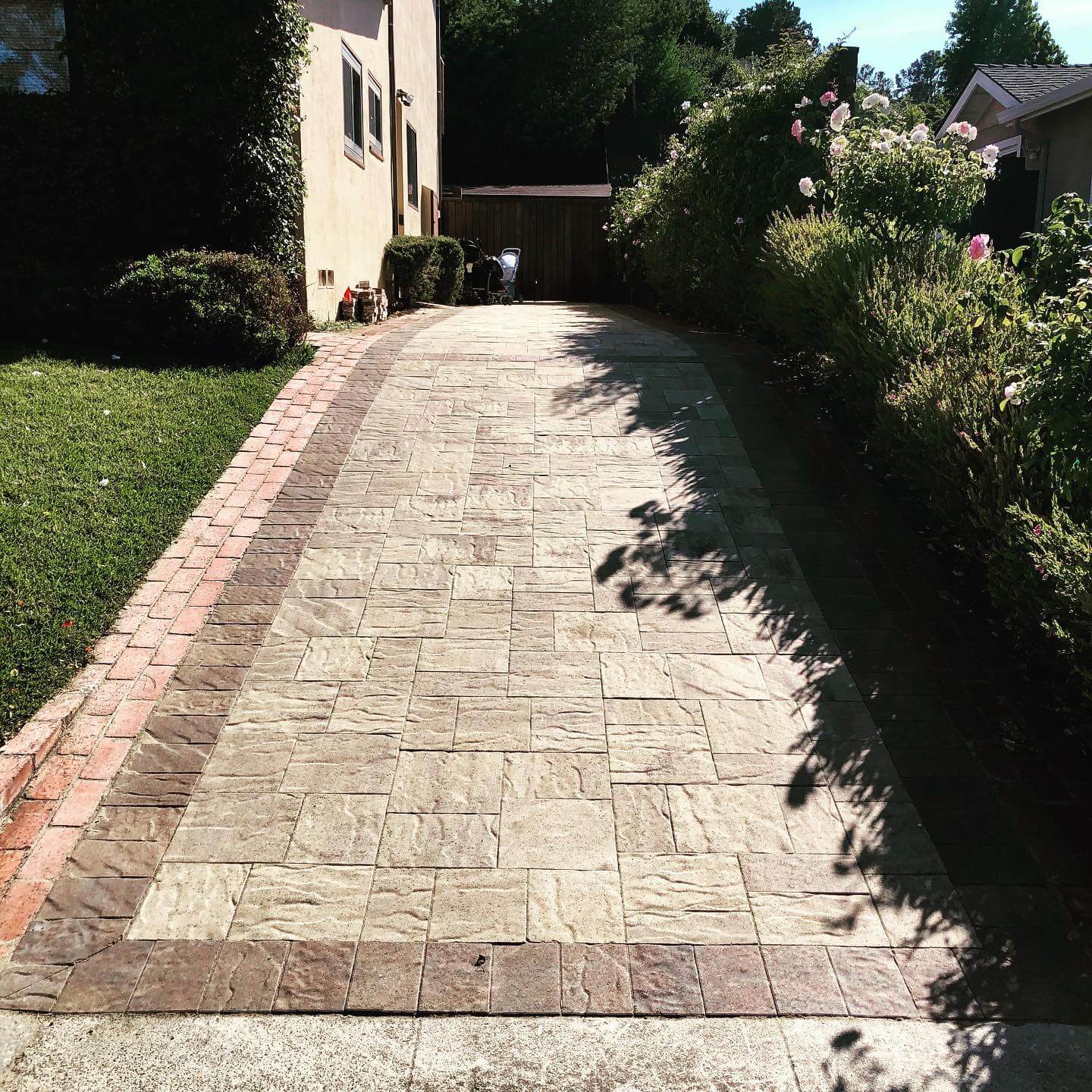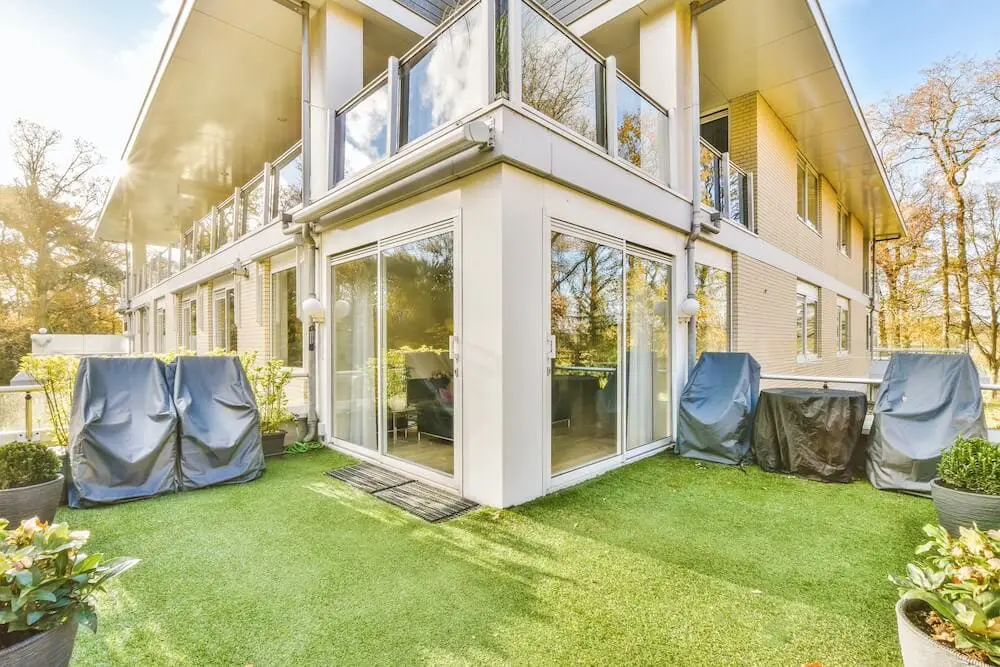
Exploring Sustainable Landscaping Practices: A Simple Guide
Sustainable landscaping practices are more than just a trend; they represent a meaningful way to care for our environment while creating beautiful outdoor spaces. By choosing sustainable options, homeowners can reduce resource consumption and support local ecosystems, leading to healthier, more vibrant landscapes. It’s an effective way to blend aesthetics with ecological responsibility.
Understanding the Importance of Sustainable Landscaping
Sustainable landscaping plays a vital role in protecting our natural environment and using resources wisely. These practices help preserve ecosystems while maintaining the aesthetic appeal of outdoor spaces. By adopting sustainable methods, homeowners take an active step toward reducing their environmental footprint and promoting healthier landscapes.
One of the key benefits of sustainable landscaping is the reduction in water usage. This not only conserves a precious resource but also decreases utility costs. Using water-smart techniques ensures that plants get just the right amount of hydration without excess waste. These practices lead to healthier plant life and ecosystems, as they promote natural growth cycles and reduce dependency on non-renewable resources.
Additionally, homeowners can experience significant cost savings over time. Although sustainable installations may involve some upfront expenses, they often result in lower maintenance and operational costs. Fewer chemicals, reduced water bills, and less frequent replacement of materials contribute to these savings. Sustainable landscaping can thus offer tangible long-term financial benefits while fostering a nurturing environment for plants and animals alike.
Native Plant Selection and Benefits
Choosing native plants is a cornerstone of sustainable landscaping. These plants are adapted to the local climate and soil, making them a smart choice for low-maintenance gardening. Native plants thrive naturally, requiring less water, fertilizer, and overall care, which aligns perfectly with eco-friendly gardening goals.
The benefits of native plants extend beyond easy maintenance. They provide essential habitats for local wildlife, supporting a diverse ecosystem. Birds, butterflies, and beneficial insects rely on these plants for food and shelter, enhancing biodiversity in your yard.
Here are some popular native plants that suit the climate and terrain of Napa, Sonoma, and Marin Counties:
- California Poppy (Eschscholzia californica): Known for vibrant orange flowers, this plant attracts pollinators and adds color.
- Manzanita (Arctostaphylos): Offers evergreen foliage and berries that feed birds, requiring little water.
- Lupine (Lupinus): These purple-blue blooms add beauty and improve soil by fixing nitrogen.
- Toyon (Heteromeles arbutifolia): A shrub with red berries, important for birds and insects during winter.
Incorporating these native species into your landscape design not only promotes ecological balance but also showcases the natural beauty of your region. By selecting plants that belong in their environment, you can create a thriving, sustainable garden that requires less effort and resources.
Eco-Friendly Water Management Techniques
Efficient water management is a cornerstone of sustainable landscaping. As part of sustainable landscaping practices, utilizing methods like drip irrigation and rain gardens helps conserve water and support healthy plant growth. Drip irrigation delivers water directly to the plant roots, reducing evaporation and runoff. It’s a simple system that can be adjusted to soil type and plant needs, providing an efficient way to maintain moisture in your landscape.
Rain gardens are another innovative solution, designed to capture and filter rainwater. By channeling runoff into areas planted with water-tolerant species, rain gardens help mitigate flooding while replenishing groundwater supplies. They also add natural beauty to your yard with minimal intervention.
Permeable paving is an eco-friendly alternative for walkways and driveways. Unlike conventional paving, permeable materials allow water to seep through, reducing runoff and promoting groundwater recharge. Installation involves using porous materials like gravel, pavers, or specially designed concrete, which maintain durability while being environmentally conscious.
Smart irrigation systems enhance water use efficiency even further. These systems use weather data and soil moisture sensors to adjust watering schedules in real-time. By optimizing water delivery, smart systems help maintain a lush landscape without waste, supporting both sustainability and water conservation goals.
Sustainable Materials and Construction Practices
Choosing sustainable materials and construction practices can make a significant impact on your landscape’s environmental footprint. By opting for recycled and locally sourced materials, you support sustainable production processes and reduce the emissions associated with transportation. These materials often include reclaimed wood, recycled metal, and locally quarried stone, each offering unique aesthetic potential for custom outdoor spaces.
Minimizing waste during construction involves techniques like precise material planning and on-site recycling. This approach not only reduces landfill waste but also ensures that your project remains environmentally friendly. Incorporating energy-efficient equipment and reducing disturbance to the surrounding land can further lessen any environmental impact.
Organic mulching and composting are valuable practices for maintaining soil health and reducing waste. Mulch helps retain moisture, suppress weeds, and provides organic matter as it breaks down. Composting kitchen scraps and yard waste creates nutrient-rich soil amendments that enhance plant growth naturally.
Combining these sustainable landscaping practices ensures your landscape is not only beautiful but environmentally responsible. By embracing eco-friendly options, you contribute positively to the local ecosystem and promote long-term sustainability within your community.
Conclusion
Sustainable landscaping presents an opportunity to create outdoor spaces that are both ecologically sound and visually appealing. By implementing practices such as eco-friendly water management, selecting native plants, and using sustainable materials, homeowners can transform their landscapes into environmentally friendly sanctuaries. These strategies lead to healthier ecosystems, reduced maintenance requirements, and long-term cost savings.
At Keystone Yards, our expertise in custom landscaping design ensures your project will align perfectly with your goals for beauty and sustainability. Contact us today to begin your journey toward a more environmentally conscious and stunning yard!





